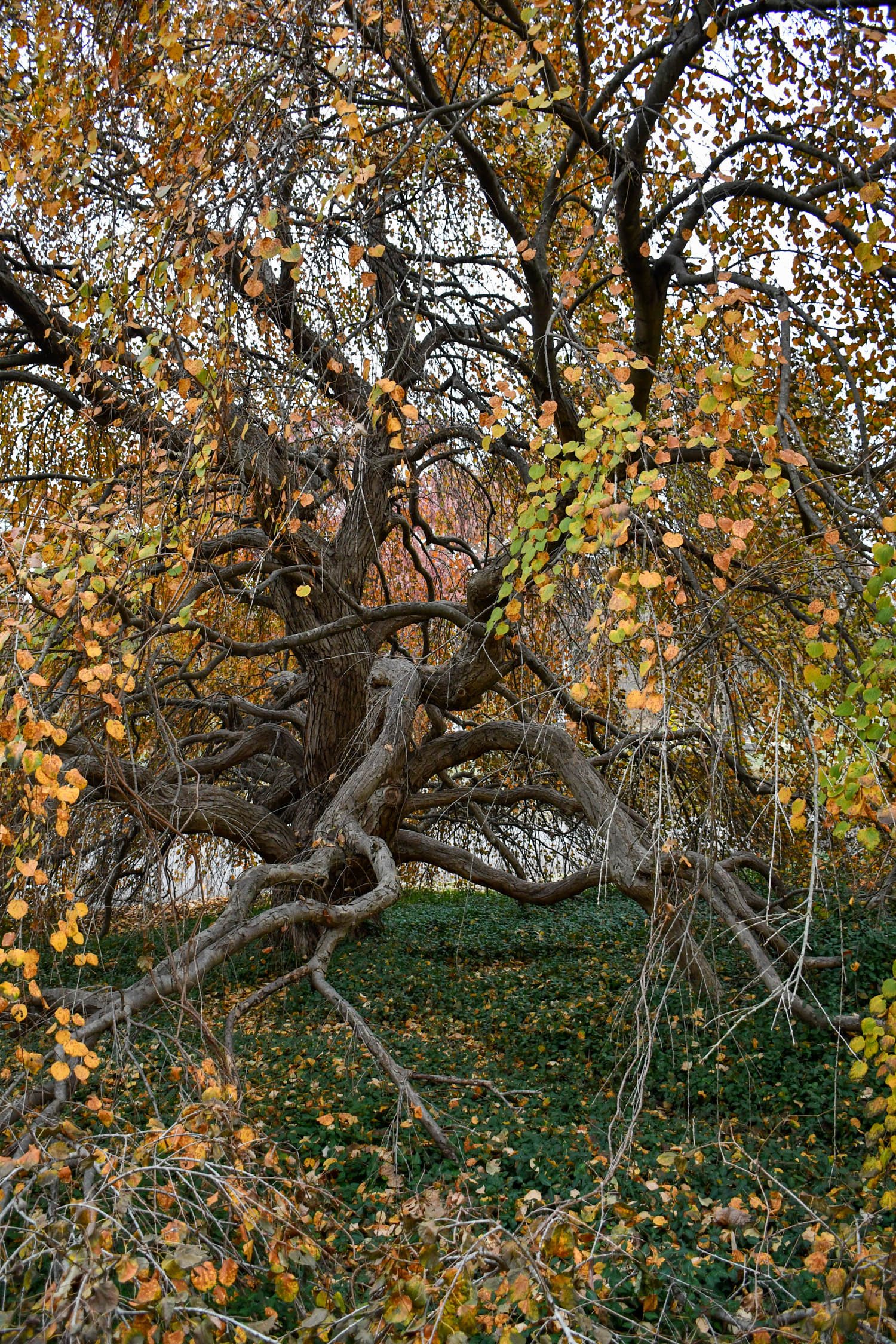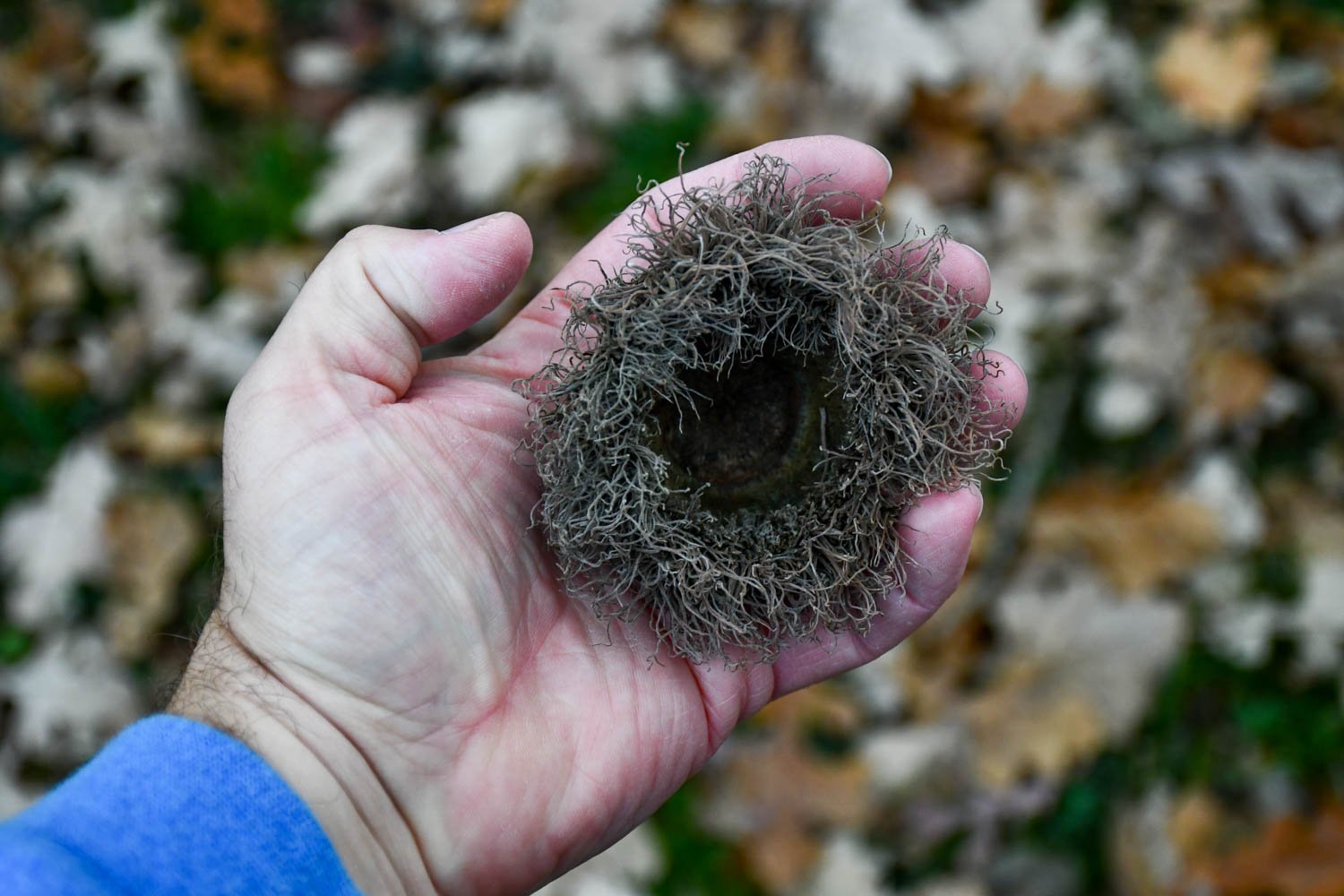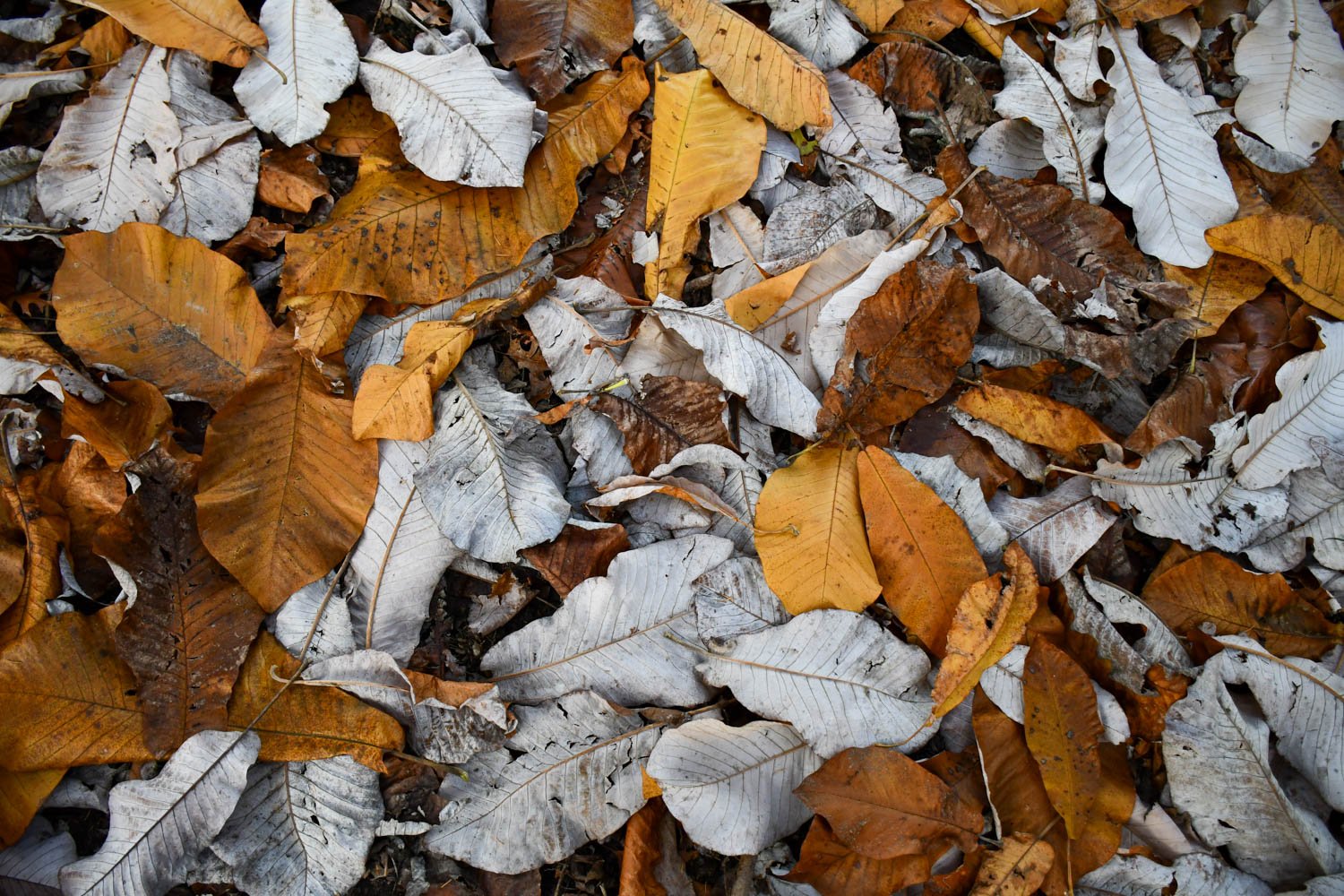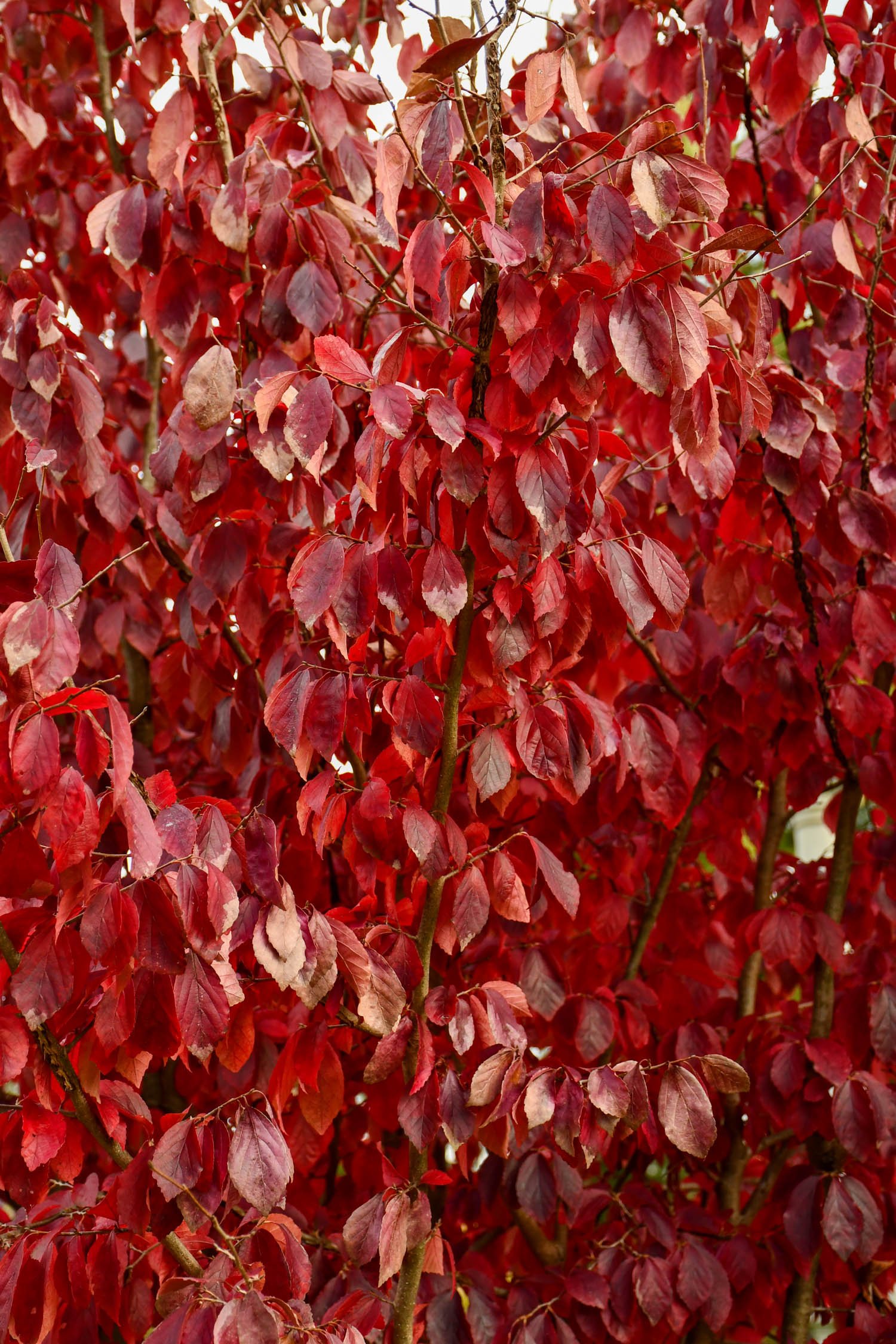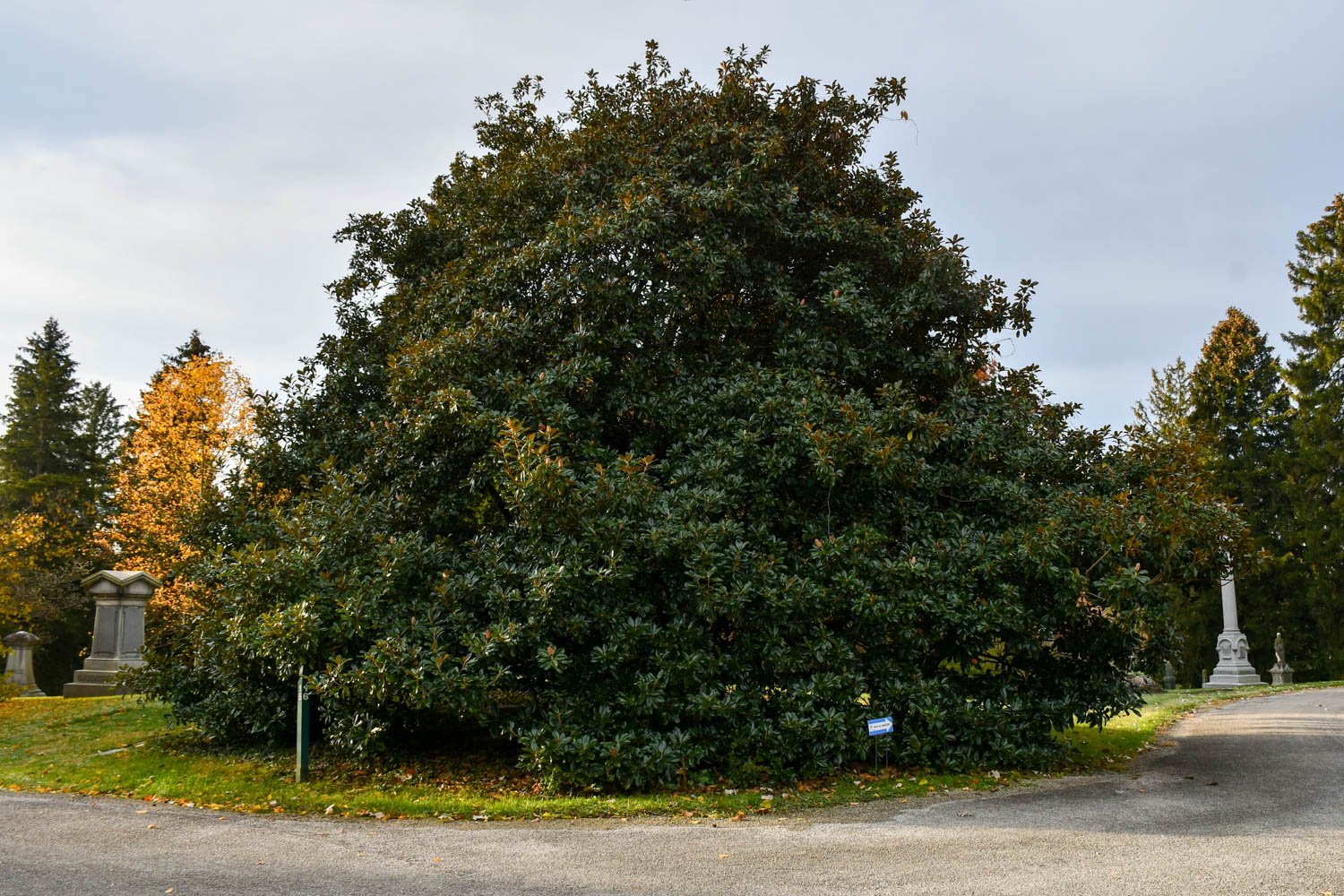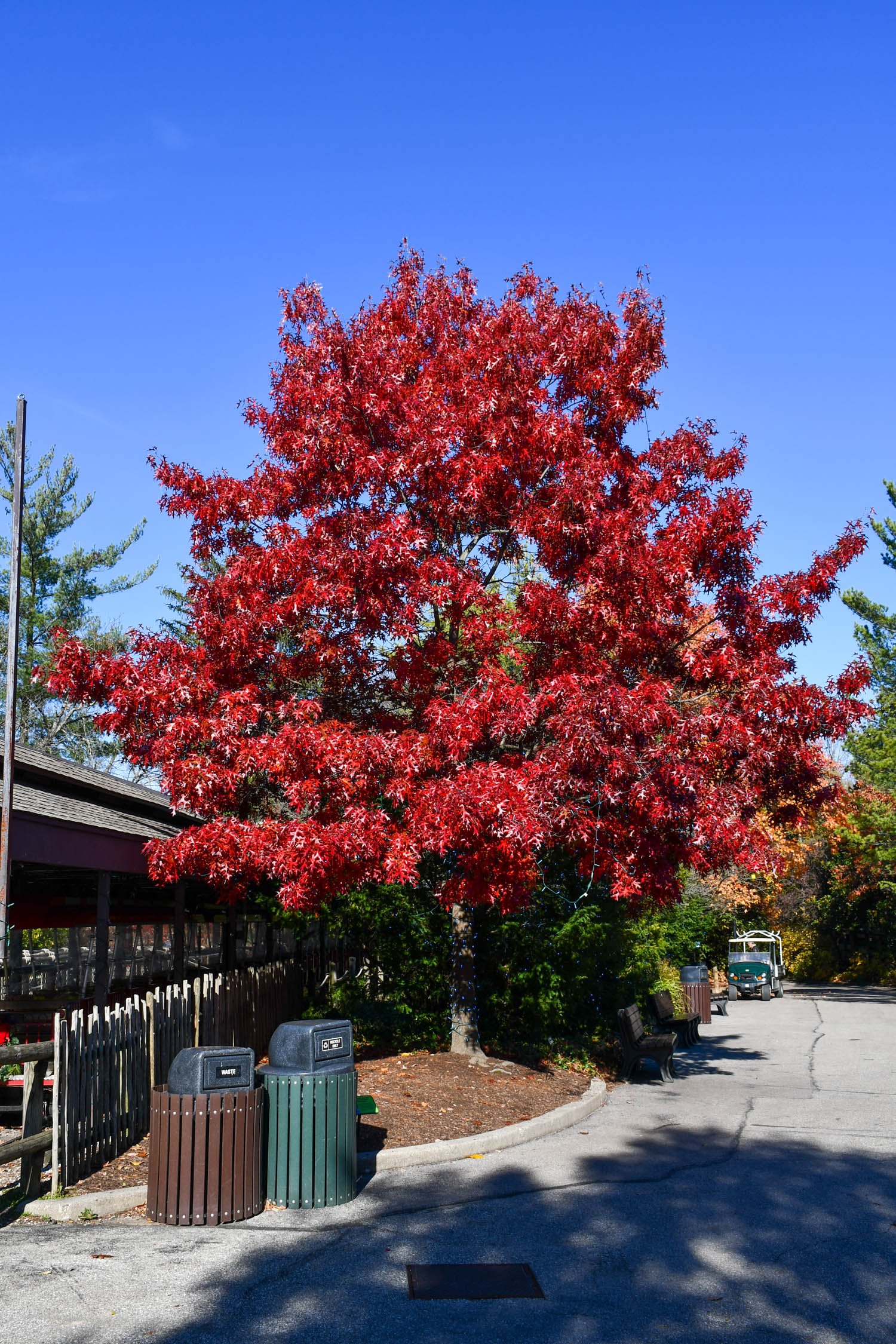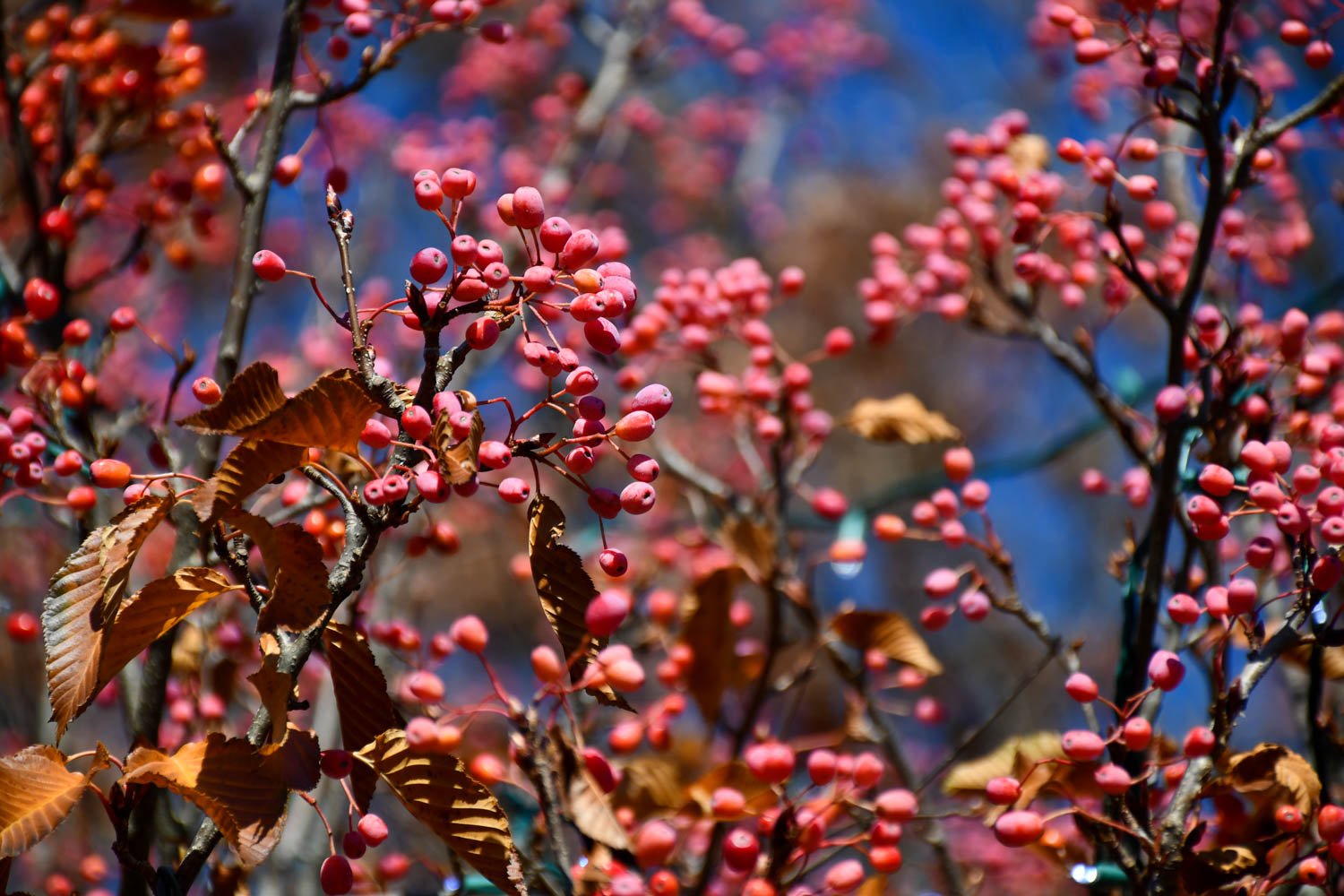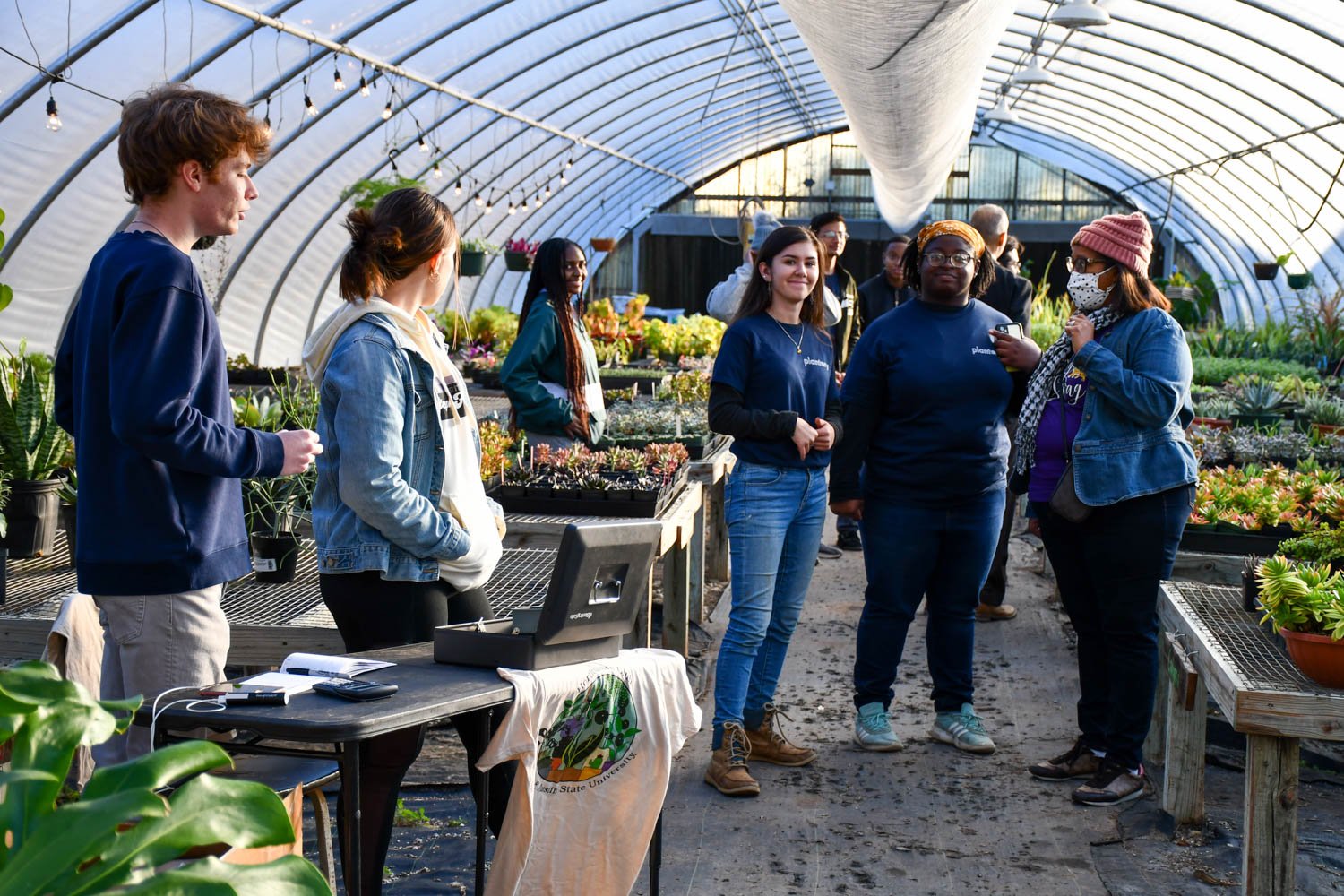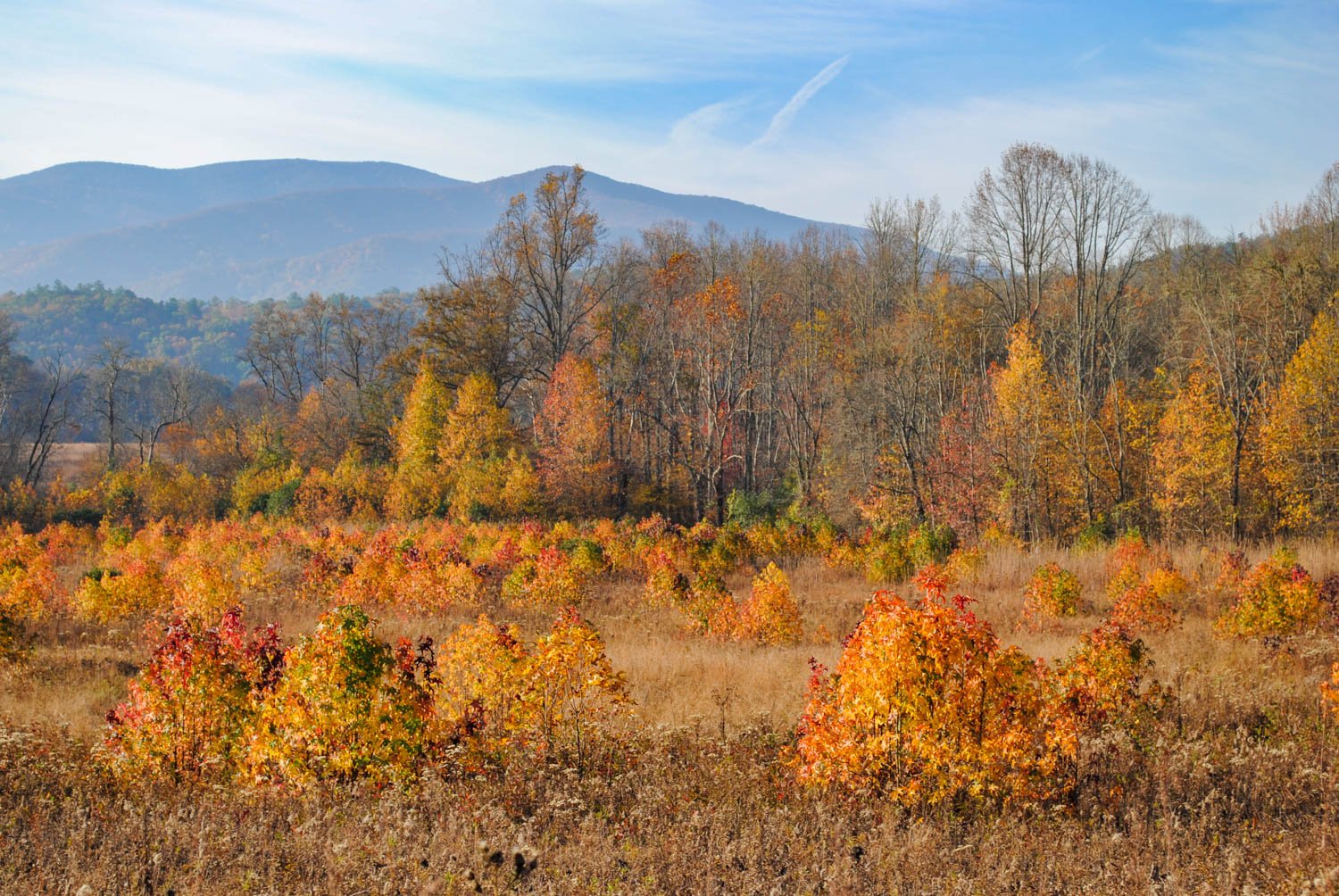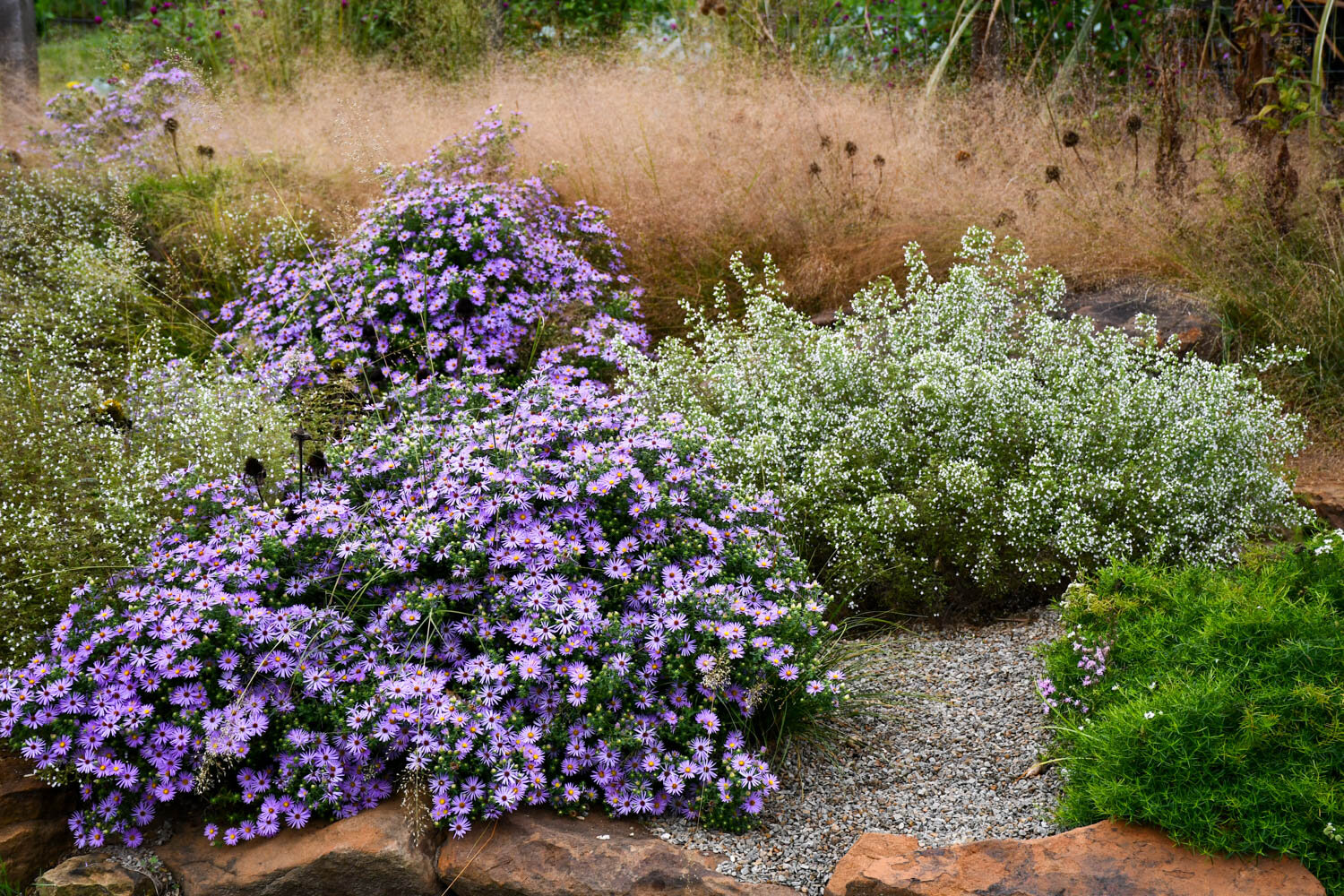“Augh, I cannot believe I did that,” I said as my hand rubbed my furrowed brow. I thought I had done everything perfect.
I took the two different Magnolia cultivars out of their pots and bashed their rootballs to knock off the excess substrate. I inspected their roots and untwisted any that were crooked or circling, even in one case teasing the whole root system out from a cylinder shape into a broom-like spray. I planted their root flares level with the soil, in a circle mind you! I backfilled the holes with the original soil and double checked their bases were level with the ground. And, I turned the water on a slow trickle to settle them in.
And, that night, looking at photos from the day and jotting notes in my gardening journal I realized I never double checked the labels. The Magnolia trees were in the wrong holes.
I love celebrating the winter solstice by planting trees; for those of us in the northern hemisphere, it is the best time to get them in the ground. The cooler temperatures are less stressful, and the soil is more saturated with moisture. My goal is to get the majority of the woodies I’ve hoarded from the past year installed before Christmas, and this month, I’ve already made strides toward achieving it.
I’ve planted Hamamelis vernalis ‘Amethyst’ and Hamamelis × intermedia ‘Diane’ that I received as bare roots back in the spring. They were planted up upon arrival into pots, and this fall, I watched them swell with buds. The former is just beginning to bloom even though we’ve only had around 250 chilling hours.
I’ve planted Magnolia virginiana var. australis ‘Mattie Mae Smith’ that I got in Tennessee back in May. I sited it to be able to enjoy the variegated foliage against the darker background of the fence row.
I’ve planted Osmanthus fragrans f. aurantiacus I bought this summer in North Carolina and hauled back with us 16 hours across the country. I sited it near my garden patch where I spend much of my time in the fall. I can’t wait to smell those sweet blossoms.
And, Friday I planted Magnolia ‘Lois’ and Magnolia ‘Yellow Bird’, two lovely yellow-flowering Magnolia that will compliment the landscape close to our house. I chose yellow cultivars since they are on the same side of the color wheel as our log cabin. ‘Yellow Bird’ is the taller of the two, and I had meant to site it away from the house and ‘Lois’ closer. However, somehow in setting them out, I got them mixed up. It’s a good life lesson—check the labels twice, plant once.
I can’t wait to see the golden glow of Magnolia ‘Lois’ on my tree.
Immediately I knew why. I was in a hurry ahead of the promised rain projected for the next day. “Blast, I’ll have to do it tomorrow morning before the front hits,” I thought to myself. I checked the forecast, and it showed precipitation before sunrise.
Then, it hit me. We have twinkle lights around our house. AND, there’s a full moon tonight amplified by the sparse cloud cover. So, I threw on my gardening shoes and sure enough, both provided enough light to swap them with the darkness brightened.
I headed out with my shovel to fix my mistake with the golden glow of the twinkle lights and a Cold Full Moon (only in name though, it was in the high sixties and quite comfortable in shorts). I could see just fine, and within 10 minutes they were in their rightful spots. I sighed relief, knowing that the promised rain coming tomorrow would help settle them in even further.
With planting and watering finished, I laid down on our drive to stare at the sky and watch the clouds race by. I love nights like these, where there is a breeze and everything is imbued with a shade of silver. Even without the twinkle lights on, the night was so bright one would never imagine that it was one of the darkest days of the year. But, it was.
The winter solstice is Tuesday. Wednesday we will brighten the day by a mere second of more light, and by the end of the month, we’ll be getting half a minute back a day. And, then it’s onward to June.
These little things add up, whether they be seconds of light or trees we plant. I’m excited for the return of light. And, to see the solstice trees I’m planting now grow in the new year.





















